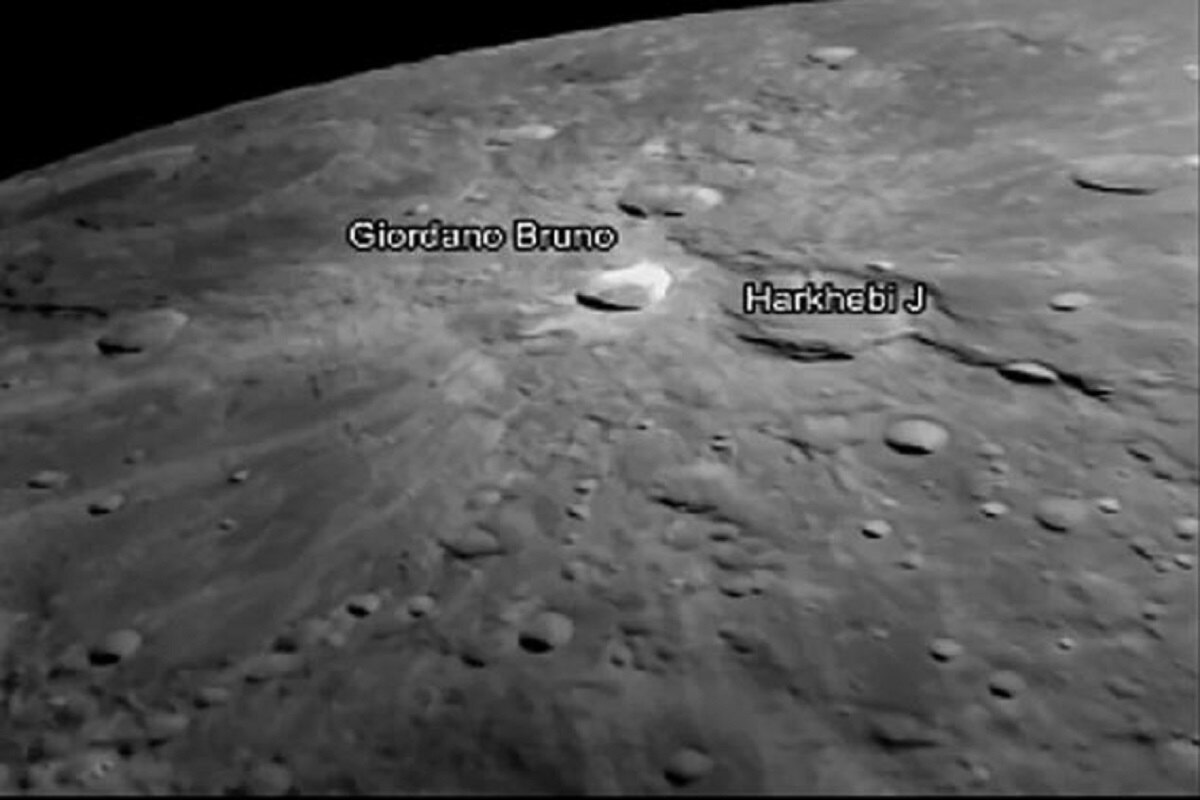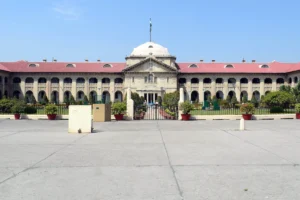
Lander Vikram
After successfully disengaging from the spacecraft’s propulsion module today, Vikram lander released the first pictures of the moon.
The breathtaking photos captured by the Lander Imager (LI) Camera-1 were uploaded on X, formerly known as Twitter, by India’s space agency ISRO. The Giordano Bruno crater, one of the moon’s newest major craters, is shown in the image montage along with other moon craters.
The Harkhebi J crater, which has a diameter of roughly 43 km, was also photographed by the LI Camera -1. After the lander disengaged from the module, photos were taken.
Chandrayaan-3 Mission:
View from the Lander Imager (LI) Camera-1
on August 17, 2023
just after the separation of the Lander Module from the Propulsion Module #Chandrayaan_3 #Ch3 pic.twitter.com/abPIyEn1Ad— ISRO (@isro) August 18, 2023
The lander module remarked “Thanks for the ride, mate” after separating from the propulsion system. Deboosting, which was successfully completed today, will cause the module to sink to a lower orbital. The health of the Lander Module (LM) is normal, and the manoeuvre changed its orbit from 113 km to 157 km. On August 20 at roughly 2:00 a.m., there will be a second deboosting.
The Lander Module will be placed in an orbit with Perilune (closest point to the Moon) at 30 km and Apolune (farthest point from the Moon) at 100 km by deboosting, which means slowing down.
On August 23, the lander will make an attempt at a “soft landing” on the south pole of the moon, while the propulsion module will keep orbiting the moon and continue to research the atmosphere of Earth. Additionally, it will compile a list of exoplanets with signatures compatible with our habitability.
The ‘Pragyaan’ rover will roll down from the Vikram Lander after the lander touches down and the lunar dust settles. Then both the lander and the rover will take pictures of each other.
Following the moon landing, the rover will gather information on the make-up and geology of the lunar surface, opening the door for further investigation.
To read more such news, download Bharat Express news apps





















